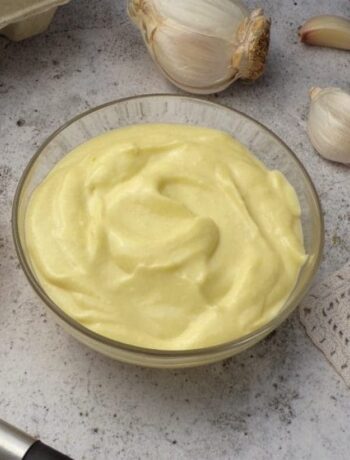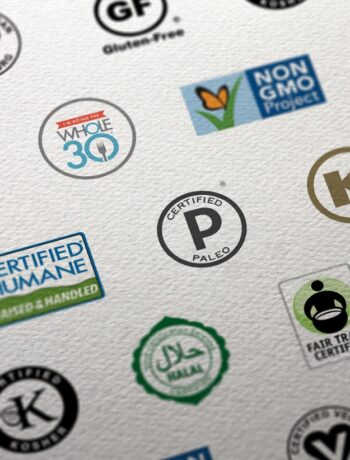As a loving parent, your primary responsibility is to provide the best nourishment for your child. It’s natural to consider packaged baby food in jars or pouches easily available in stores. While purchasing these foods is convenient, they are often highly processed and have extra salt and sugars, which could be harmful to your child’s health.
Making homemade baby food is an enjoyable and cost-effective way to guarantee your child receives nutritious meals. With complete control over the quality and ingredients, you can offer your child a world of flavors and textures.
Making your own baby food may seem daunting at first, but it’s much easier than you think! This article outlines six tips for making homemade baby food a delightful and stress-free experience. Prepare to embark on a culinary adventure and feed your precious bundle of joy healthy meals that are as tasty as they are nutritious.
1. Follow Gradual Textural Transitions
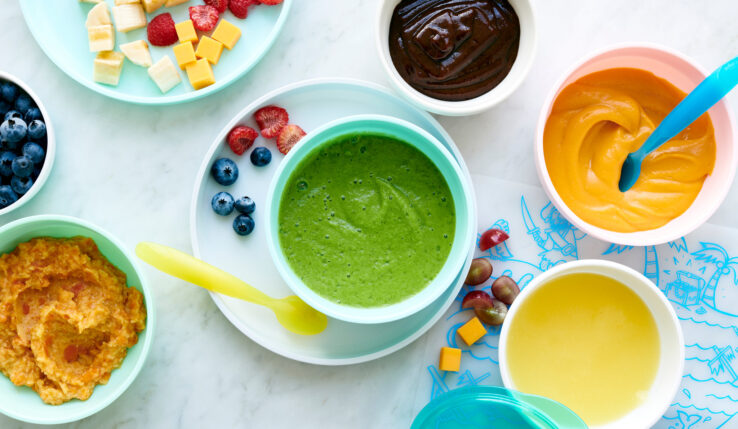
Source: cooking.nytimes.com
As your child grows, their food experiences incorporate exciting new textures. It’s a progressive process that starts with smooth purees and advances to thicker-consistency foods. This growth stage is critical for their development because it strengthens their oral motor skills and prepares them for the exciting period of self-feeding.
Beginning with smooth purees can help your infant become acquainted with various flavors. Consider homemade baby food recipes, such as creamy banana puree, sweet potato mash, apple, and pear sauce, or avocado smash, to make the procedure even more enjoyable. These easy and healthy recipes are an excellent way to begin your homemade baby food adventures.
You can offer somewhat thicker textures as they get more comfortable eating and swallowing food to encourage them to actively engage their tongue and jaw muscles. This helps children develop essential chewing abilities and, eventually, shift to a more diversified diet.
2. Choose Fresh and Organic Ingredients
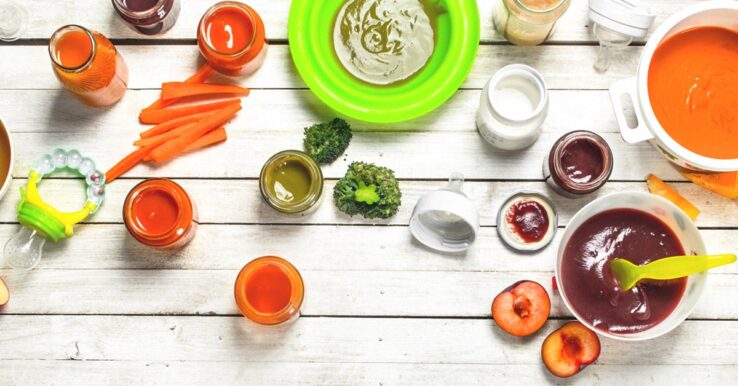
Source: healthline.com
When preparing infant food, it is critical to use fresh ingredients. Fresh fruits and vegetables have a higher nutritional density than their processed counterparts. Fresh produce contains high concentrations of minerals, vitamins, and antioxidants, ensuring your baby receives the most nutritional value from their meals.
Fresh ingredients provide rich flavors and natural sweetness to homemade baby food, which can enhance its taste. You can introduce your infant to various flavors and textures using fresh fruits and vegetables, enabling them to develop a diversified palette early on.
Furthermore, using organic ingredients ensures quality and safety. Organic agricultural practices eliminate industrial pesticides, fertilizers, and genetically modified organisms (GMOs), limiting your baby’s exposure to potentially dangerous chemicals. You prioritize their health and decrease the danger of pesticide residues in their diet by choosing organic ingredients.
3. Introduce One Ingredient at a Time
When introducing your baby to solid meals, it is critical to present one item at a time. This method allows you to closely observe their reaction to each new meal and spot potential allergies or intolerances.
Using single-ingredient purees, you can accurately trace the reason for any unpleasant reactions. It also gradually accustoms your baby to diverse tastes and textures, letting them appreciate the natural flavors of each item. This strategy aids in the development of their palate and the identification of their preferences.
Allow a few days between each new component, and thoroughly watch your baby for any adverse reactions, such as vomiting or fussiness. Remember that each infant is unique, and their reactions to various meals may differ.
4. Use Optimal Cooking Methods
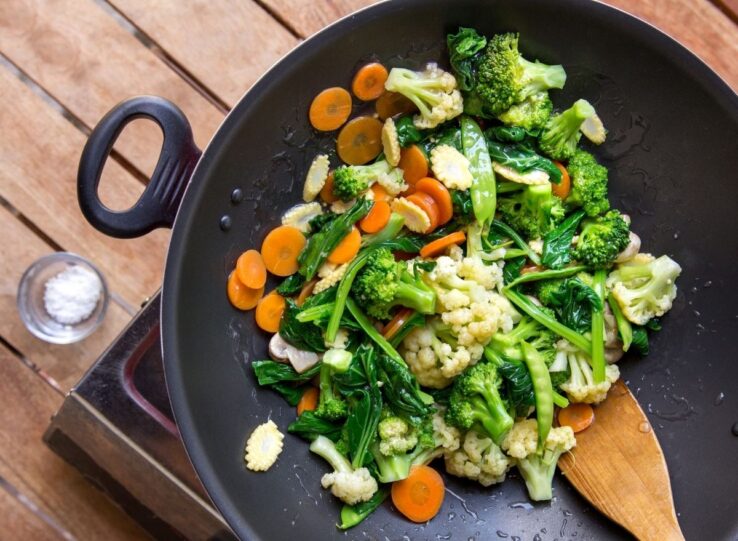
Source: eatthis.com
Steaming and boiling are simple but efficient techniques for preserving the natural flavors and nutrients in fruits and vegetables.
Steaming
Steaming is a mild cooking method that helps fruits and vegetables retain their natural nutrients. You can prepare food without immersing it in water by employing steam, which reduces nutritional loss. Steamed fruits and vegetables have a somewhat hard feel, which can be excellent for newborns transitioning to textured meals.
Boiling
Another common way of making baby food is boiling. Although certain nutrients may be lost due to water-soluble vitamins leaching into the cooking liquid, boiling can still be a healthy cooking method for some products. Root vegetables, such as carrots or sweet potatoes, can be cooked until mushy and ready-to-be mashed. The boiling cooking liquid can also be used to modify the texture of baby food or as a nutrient-rich liquid for thinning down purees.
5. Employ Batch Preparation and Ensure Proper Storage
Batch preparation saves both time and effort. Make larger quantities and freeze them. Use freezer-safe containers or ice cube trays to make individual portions. Transfer the frozen food cubes to labeled freezer bags. Thaw frozen baby food by letting it sit at room temperature or using a warm water bath instead of the microwave.
Storing homemade baby food properly preserves its freshness and nutritional content. You can also transfer the food to airtight containers marked with the date and contents. Refrigerate immediately, as perishable products can degrade if kept at room temperature for an extended period.
Refrigerated baby food can be stored for up to 48-72 hours. However, it’s better to check with your pediatrician for exact instructions.
6. Experiment with Spices and Herbs
While it is essential to keep your baby’s meals moderate and soft, you can experiment with flavors such as cinnamon, oregano, ginger, or basil to enhance the taste of their meals.
Add small quantities of these spices and herbs into purees or homemade baby food. Introducing them gradually allows you to monitor their reaction and ensure they tolerate and love the new flavors. You might be amazed at how well they respond to the increased richness and depth of flavor.
Cinnamon, for example, can lend a bit of warmth to fruits or cereals, while ginger can add a delicate zing to vegetable purees. Oregano and basil can be used on savory foods to give them a delightful herbal flavor.
Conclusion
Making homemade baby food is an excellent approach to nurturing your child and instilling healthy eating habits in them from an early age. Following these six recommendations guarantees that your baby’s meals are nutritious, delicious, and pleasant. Remember that this is a learning process for you and your baby, so enjoy it and be creative!



